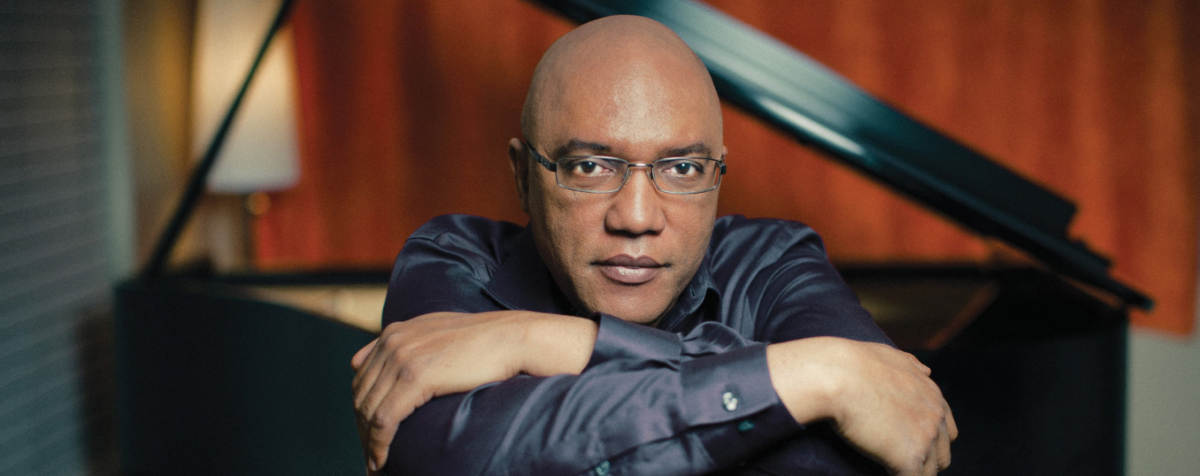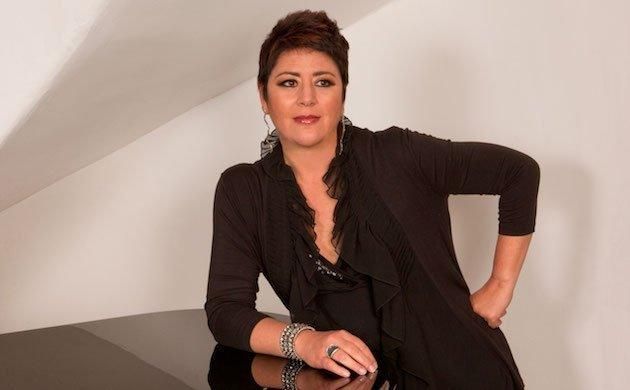THE STORY BEHIND: Dvorak's Symphony No.9 ("From the New World")
Share
On November 9, RI Philharmonic Music Director Designate Ruth Reinhardt and the Rhode Island Philharmonic Orchestra will present WELCOME RUTH REINHARDT with violinist Blake Pouliot.

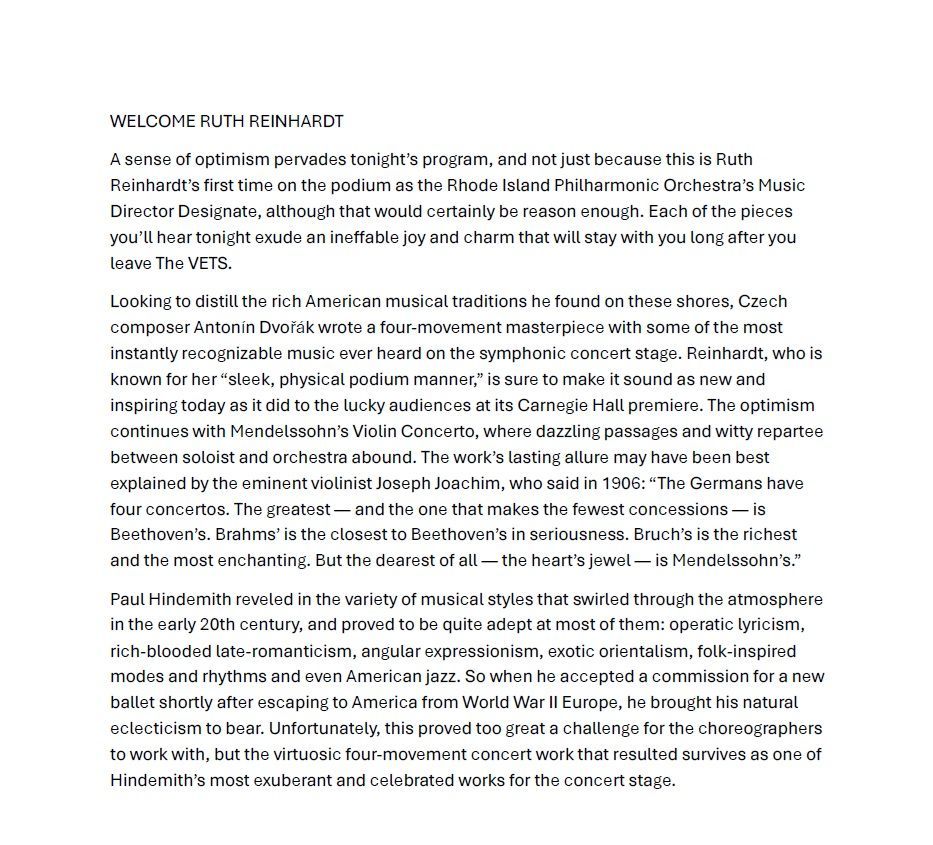
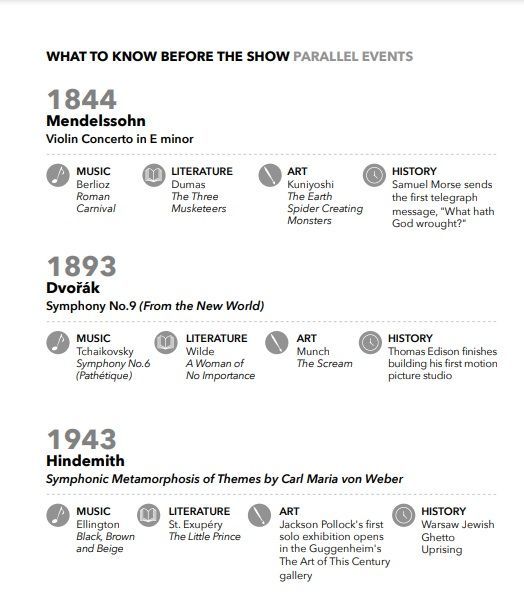
Title: Symphony No.9, op.95, B.178, in E minor (From the New World)
Composer: Antonin Dvořák (1841-1904)
Last time performed by the Rhode Island Philharmonic:
Last performed January 16, 2016 with Christopher Warren-Green conducting. This piece is scored for piccolo, two flutes, two oboes, English horn, two clarinets, two bassoons, four horns, two trumpets, three trombones, tuba, timpani, percussion and strings.
The Story: Bohemian composer Antonín Dvořák’s first jobs were playing in Czech dance bands and theatre orchestras. Composition was just a side hustle. But by the late 1870s, he had emerged as the leading composer of the nationalist movement then taking Europe by storm. Eventually, his efforts were admired not only in Europe, but across the Atlantic as well. Philanthropist Jeanette Thurber, who had just founded the National Conservatory of Music in New York, decided there was no one better suited to establish it as a forward-thinking institution of international reputation than Dvořák.
Thurber hoped his influence would inspire young American composers to develop a national sound, as he himself had done in Czechoslovakia. “The Americans expect great things of me,” wrote Dvořák. “Above all, I am to show them the way into the Promised Land, into the realms of a new independent art – in short, to create a national music.” After four months of exploration and study, Dvořák began writing a new symphony. “I take pleasure in it,” he wrote, “and it will differ very considerably from my others. Indeed, the influence of America in it must be felt by everyone who has any ‘nose’ at all.” Soon he was quoted in the
New York Herald as saying that Americans should look to the music traditions of Black America for material on which to build a national style. Unsurprisingly for the time, this raised a few eyebrows among the musical elite, but Dvořák was to provide an example of what he meant. In his Symphony No. 9, he replicates what he believed was representative of the American musical soul. He looked to spirituals learned from his Black composition students and to Longfellow’s
Hiawatha— which had had a profound, if inauthentic, influence on what U.S. citizens perceived as indigenous life. He embraced themes meant to sound as if they came from these American traditions, while setting them in a decidedly European orchestral context. The most notable of these is found in the slow second movement, in which the English horn plays a spiritual-like tune. William Arms Fischer, one of Dvořák’s students, added words to the melody in 1922, resulting in the song “Going Home,” but the tune itself, like all the themes in the symphony, was composed by Dvořák. It wasn’t until shortly before the work’s premiere that Dvořák added the subtitle “Z nového světa” (From the New World), by which he meant “Impressions and Greetings from the New World.” Raised eyebrows or no, New York high society hailed the new work at its premiere (as one critic put it) as “the greatest symphony ever composed in this country,” a reputation it still enjoys by many today.
Program Notes by Jamie Allen © 2024 ALL RIGHTS RESERVED
Tickets start at $20! Click HERE or call 401-248-7000 to purchase today!
